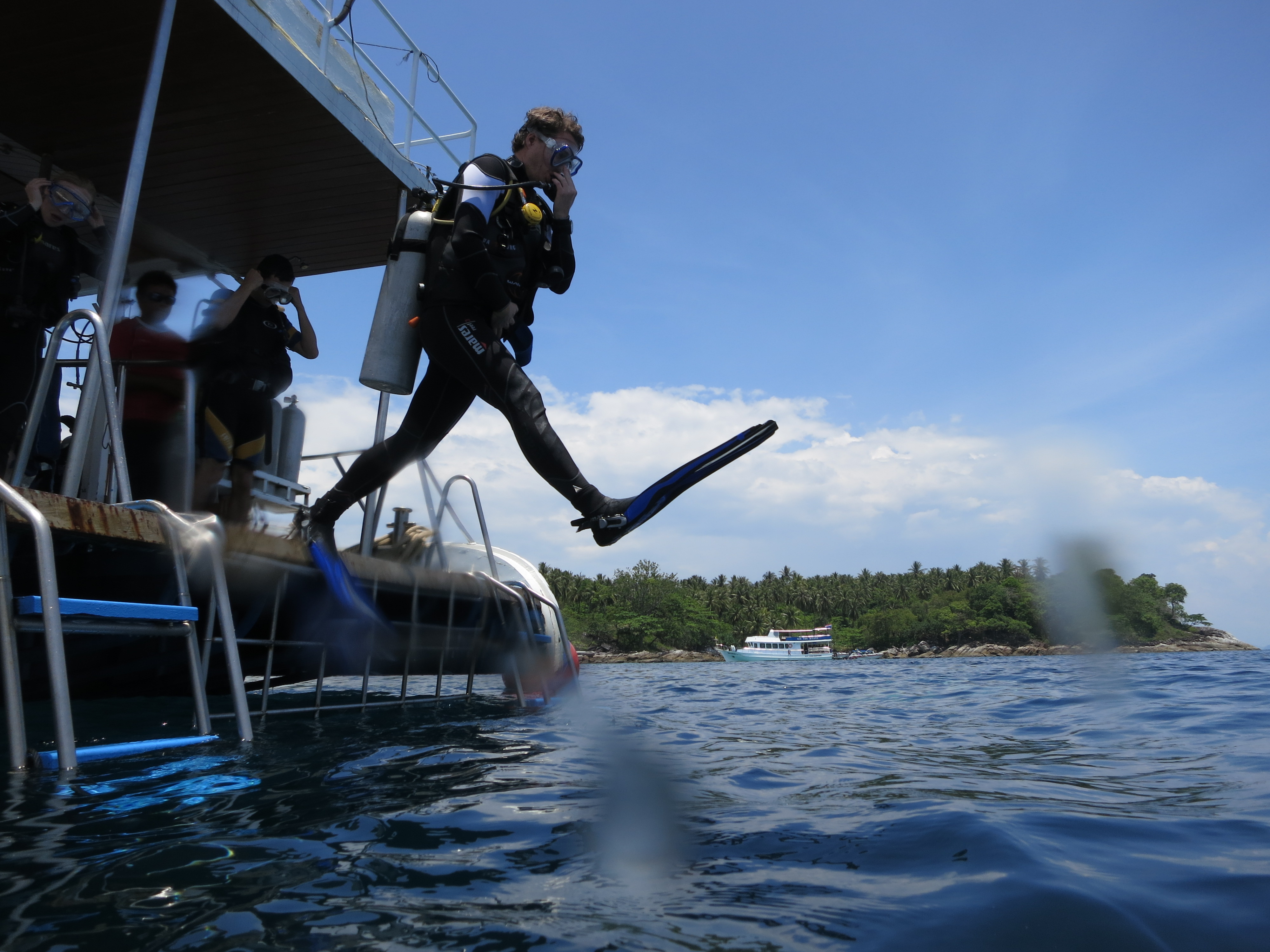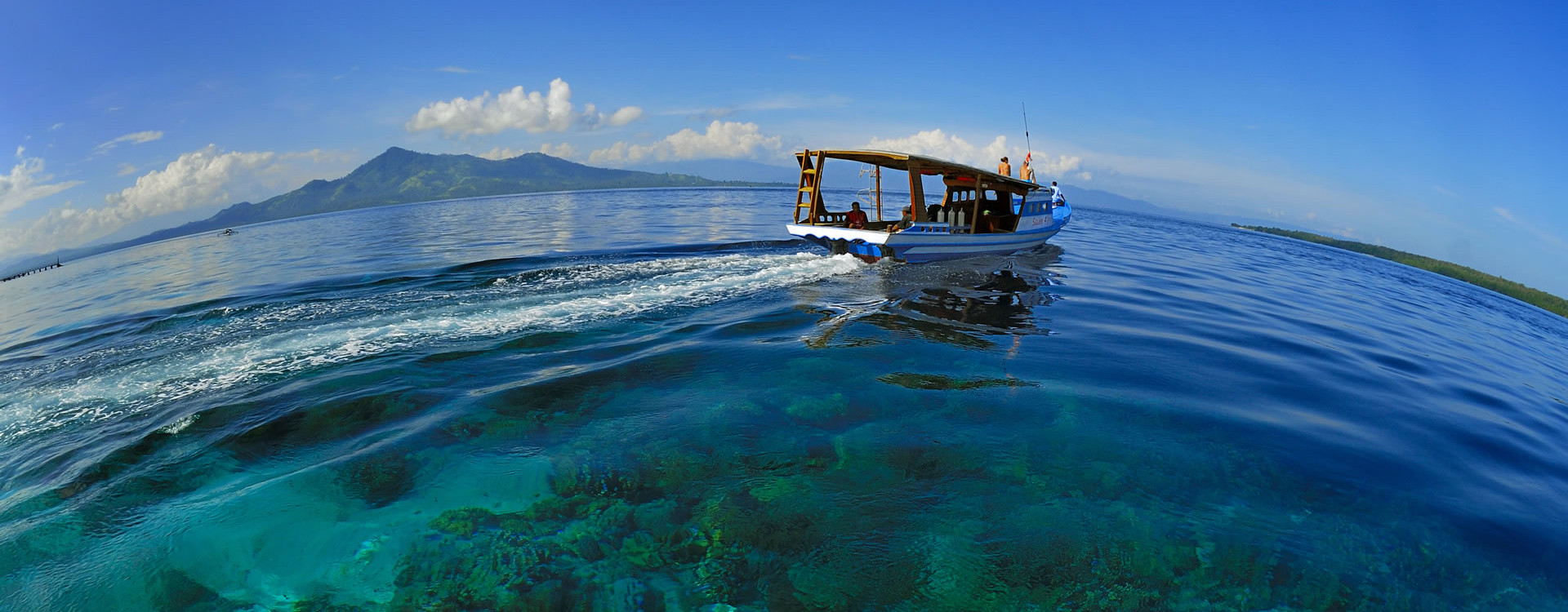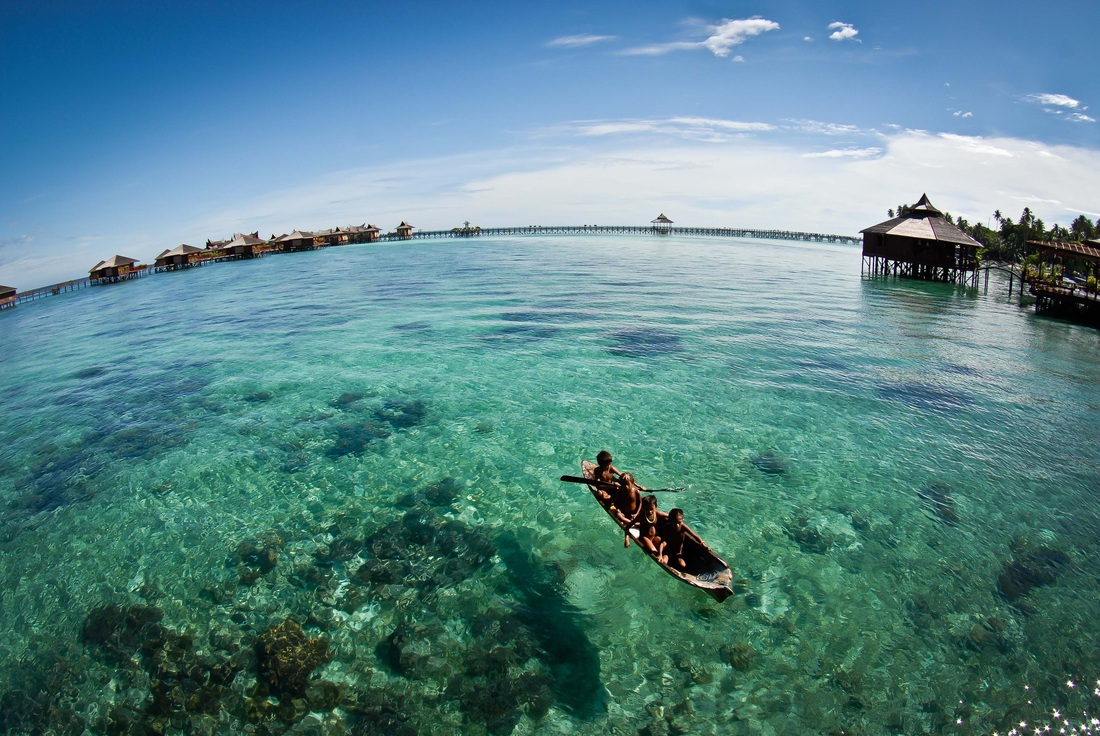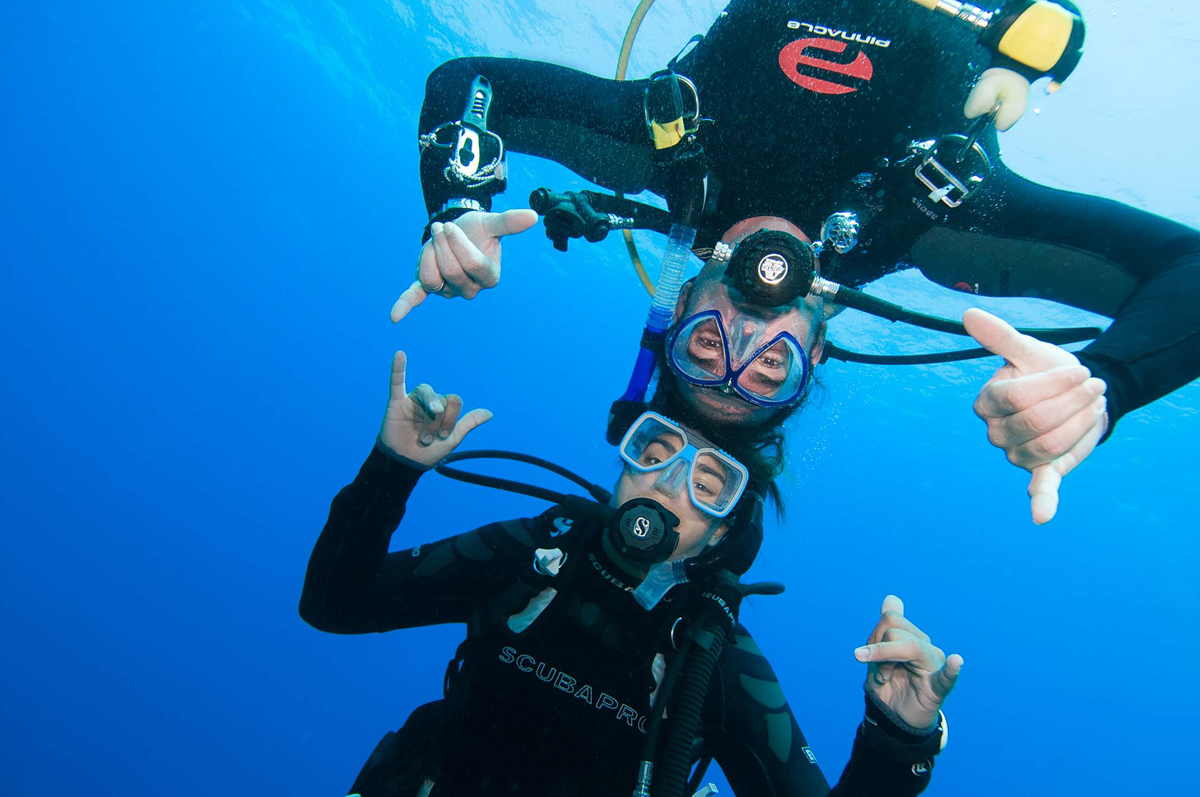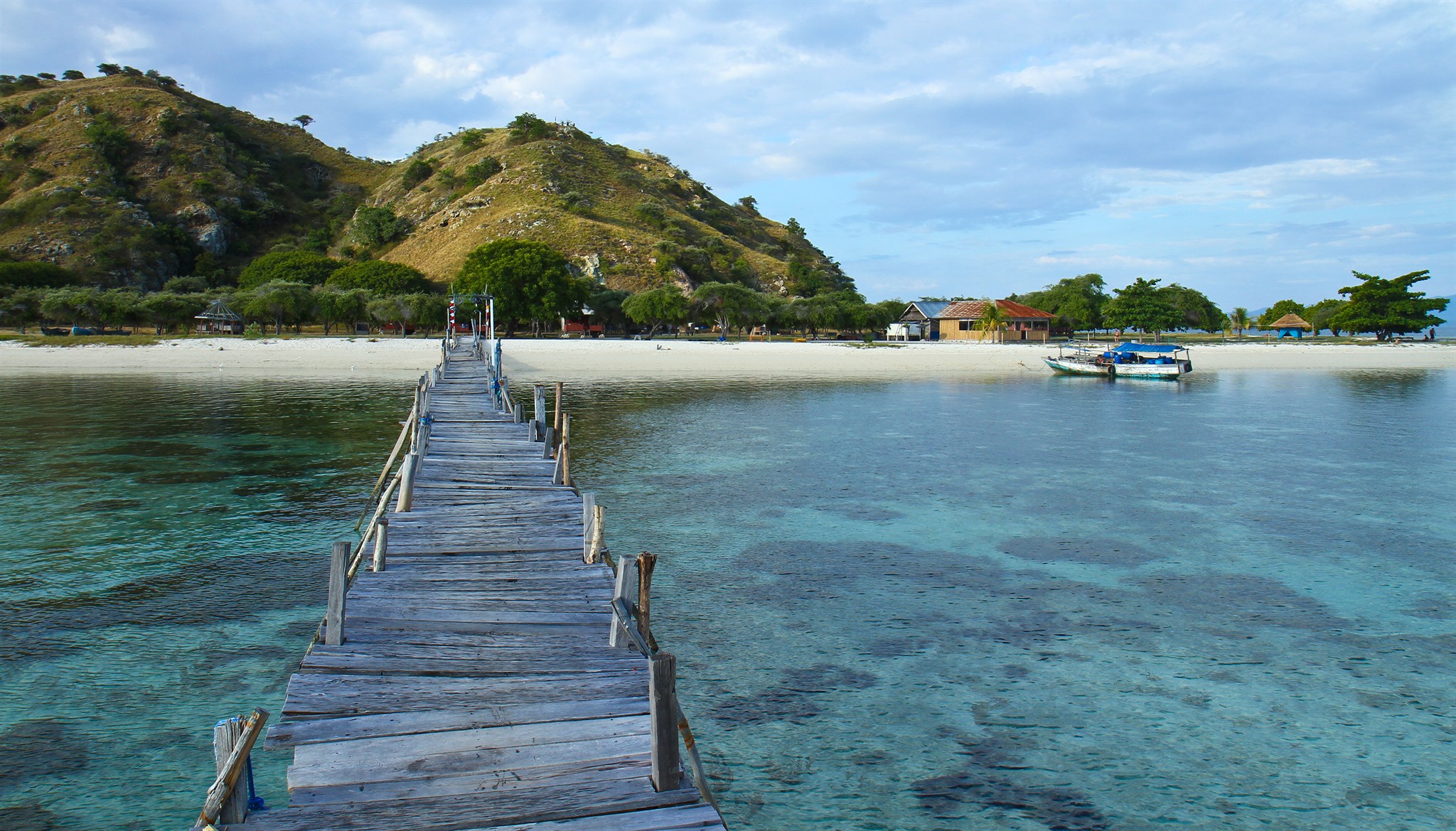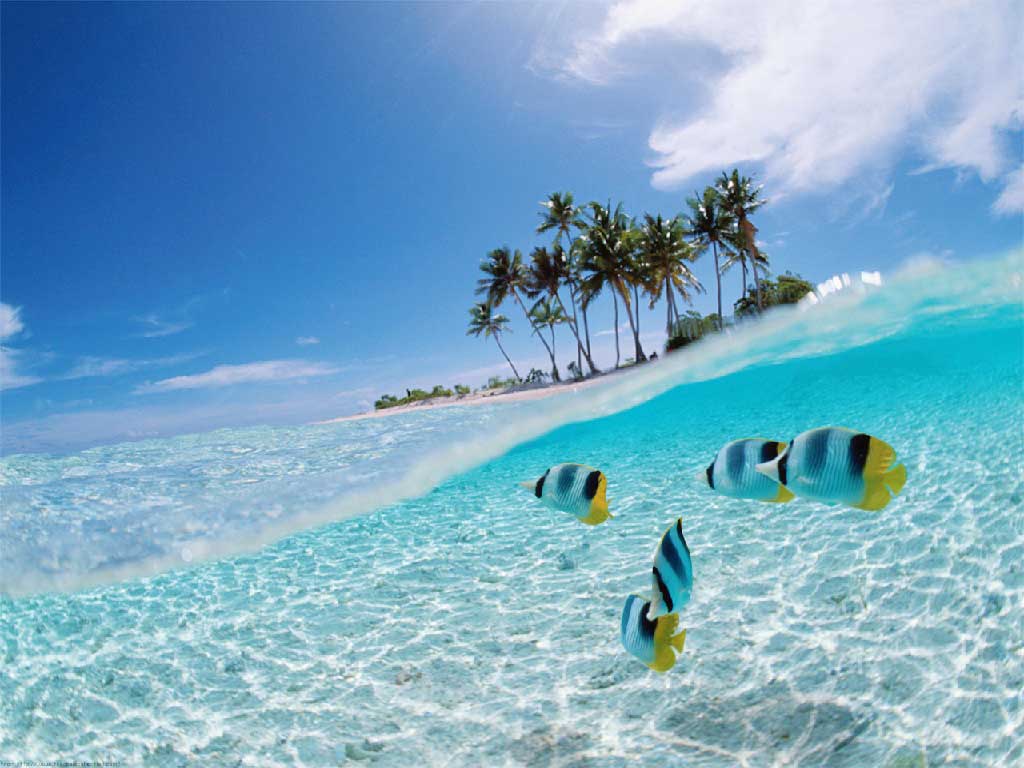This month we go underwater for our day out. Thailand offers some of the best dive sites in the world, and the south of Thailand in particular has some stunning locations.
There are plenty of decent dive sites in Pattaya too, but we went to Phuket to check out some of its marine life.
One minute you’re bobbing about on the water’s surface, jacket pumped full of air to keep you buoyant.
The next you release the air, start to sink down, and enter an entirely different world.
Looking down, schoals of fish dart past, fire coral dances with the current and clown fish weave through anemones.
For many, diving is one of those activities that is on the list of things to do. Given the only requirements are the ability to swim and the ability to breathe, more people really should do it.
Walk along any street in Pattaya or Phuket and you’ll soon come across a dive shop. PADI are top dog in Thailand, but other operators such as SSI offer almost identical courses. Shops and services do differ, but a reasonably good indicator is a PADI five-star centre.
If you’ve never dived then you’ll need to do an Open Water course first. These only take a few days to complete and give you the diving basics. Throw in a little bit of physics, and you’re set to go.
For those considering learning to dive, here’s a run-down of the basic equipment you’ll need.
The air tank is attached to the back of a jacket, or BC. On top of the jacket sits a spider-like series of tubes. One of these is the regulator (the thing you breathe through), then there’s a reserve regulator, a depth guage and a pump to inflate or deflate your BC.
In addition you’ll wear a weight belt, without which you’d simply float around on the surface, a mask and fins (don’t ever, ever, call them flippers).
Once you’re all kitted, you’re ready to jump in. With your BC inflated, you bob around on the surface, but as soon as you deflate the jacket, you start to sink. Below the surface a new world opens up, everything below is different.
My first dive of the day was at Staghorn Reef, at Racha Yai, an hour away from mainland Phuket.
I went with two friends doing their first ever dive. Their Discover Scuba Diving is an ideal, gentle introduction to life underwater. We went down around five metres and sat on the botttom. Here, their South African instructor went few some basic safety checks. At first it doesn’t seem a great idea to take the thing you breathe through out of your mouth when sitting in five metres of water. But retreiving your regulator is a relativley easy task to complete, and once that and some other basic checks were done, we were off.
Weaving around a giant mass of coral, thousands of tiny fish flash past us. Every gap in the coral could hide something of interest, so we peered intently hoping to see something. A few zebra fish and pipefish came and went, but diving doesn’t hold any guarantees, and on this dive nothing else could be spotted.
Once you surface, you need some time for your body to get back to normal. After an excellent buffet lunch, it was soon time to dive again.
My friends quickly adapted and the second dive proved more fruitful. This time we had gone over to Homerun Reef on Racha Yai. We were only at 11 metres, but that’s plenty deep enough to see things of interest. The coral here was brighter, with fire and brain coral on view, and the marine life was also richer. Our dive leader took a banana down with him and as we sat on the bottom he unpeeled it. Instantly, dozens of fish were on the fruit, tearing it to pieces in seconds, until only a sliver of peel was left.
We swam on and on one rock spotted an octopus, which changed from purple to rock-colour as soon as it spied us. A moray eel tasted the air with its gaping mouth and a large trigger fish kept an eye on us as we went past.
Before long our air was down to its limit and it was time to ascend. The beauty of diving is that no two experiences are the same, and the chance of seeing something outstanding is around every corner.
In Phuket, Rumblefish Adventures in Kata is a five-star PADI centre, and offered a day of complete comfort.
Their boat easily catered for the 40 divers on board, and there was none of the lugging equipment onto the boat that some centres insist on. Here, staff were on hand to ensure everything was ready and that everyone understood what was going on.
There are plenty of dive centres on Phuket, as there are in Pattaya, and the choice of dives are just as extensive. For those who want to be certified, there’s the Open Water Course. This is usually a three-day course combining theory and practical work, and is the most widely-recognised diving certificate in the world. In Thailand it tends to cost around 14,000 baht (although on Ko Tao it can be as little as 10,000 baht).
Once you’ve gained your Open Water the sky, or maybe the water, is your limit. The Advanced Open Water includes elements such as deep diving, wreck diving and underwater photography, and takes around two days and five dives to complete.
The choice of where to dive in Thailand is immense, and here in Pattaya there are some good dive sites for beginners and a couple of exellent wreck sites more those with more experience. If you’ve never tried it, the feeling of calm and awe is unbeatable, and of the many things you can do during your time here, it’s by far the most rewarding.

